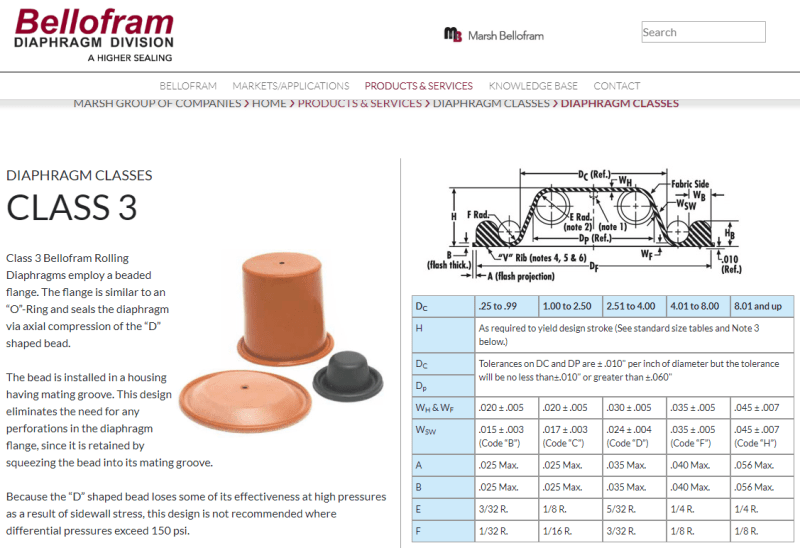Aconcagua
Mechanical
- Apr 5, 2016
- 18
I am considering a potential two way hydraulic system for a subsea environment. I should be able to take advantage of the high ambient pressure to drive in either direction, though my flexible hydraulic line must be able to handle external pressure for this to work. I am not experienced designing hydraulic systems. I understand that the reinforcement of the lines is done via wrapping wire around it. This doesn't seem ideal for handling compression, but maybe it can take a little before it collapses. Is this usually something a metric that is tested for in a line? Are there specific types of lines for this? Is there a general percentage of burst pressure I could assume? Or would I just need to test?
Thank you!
Thank you!


